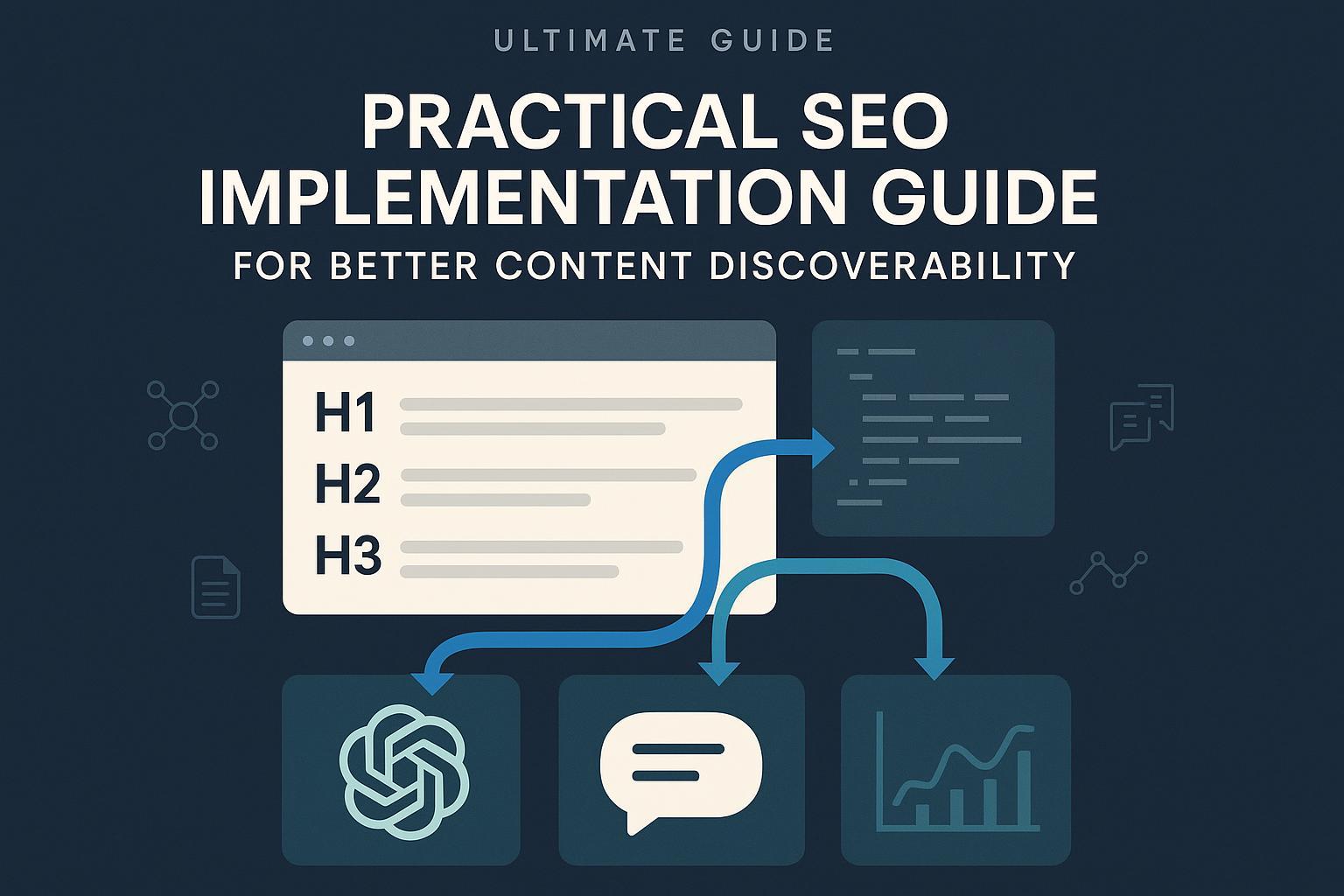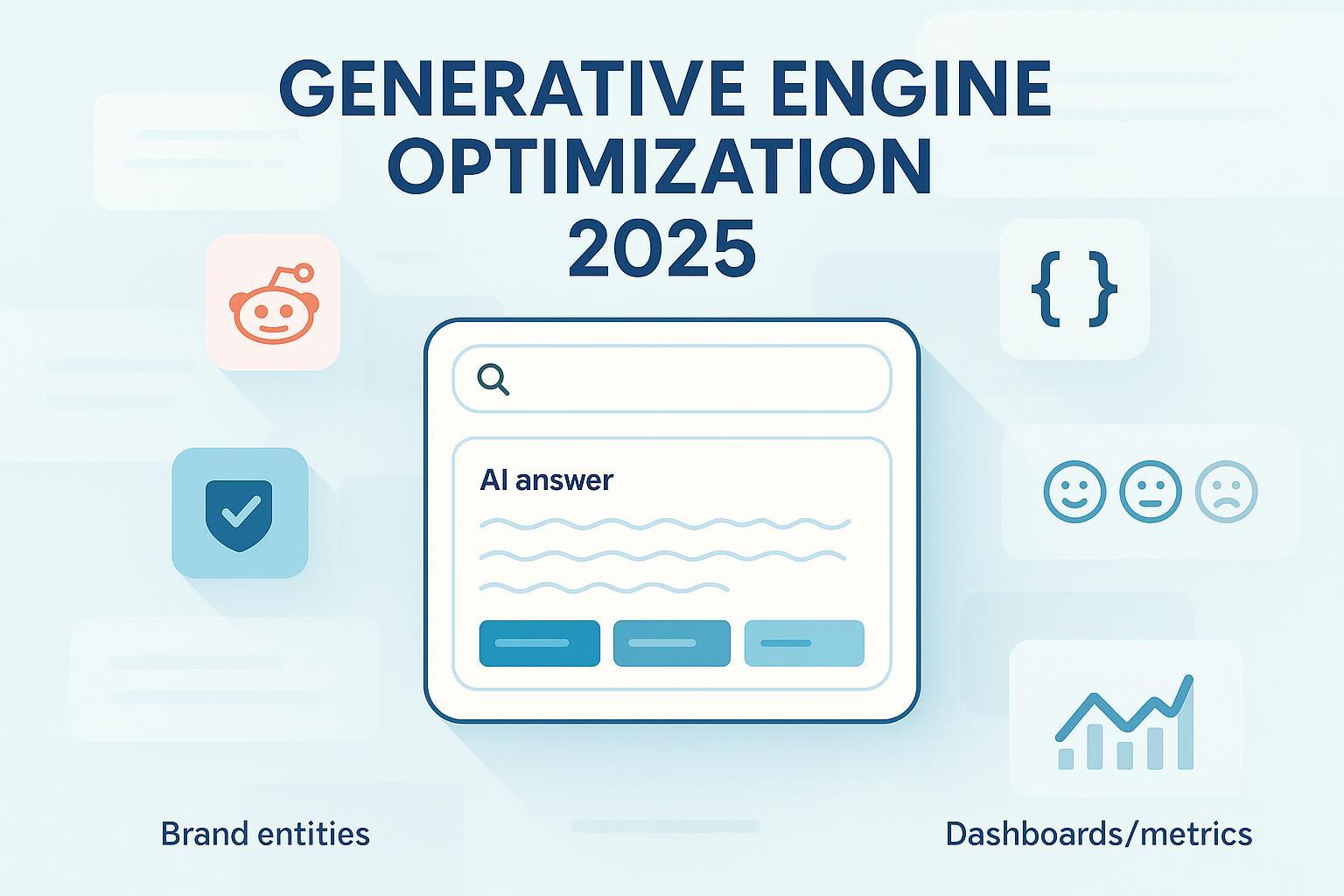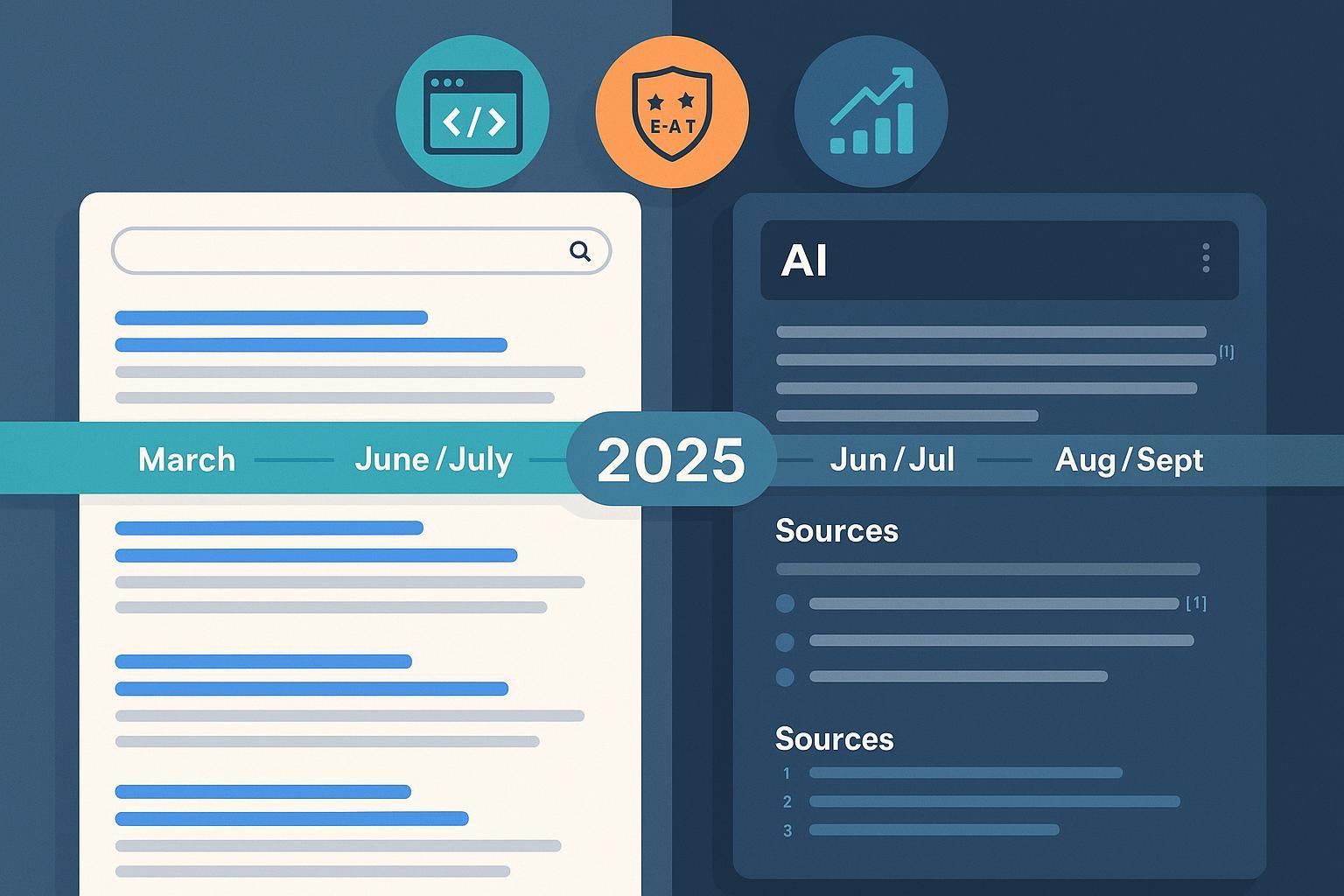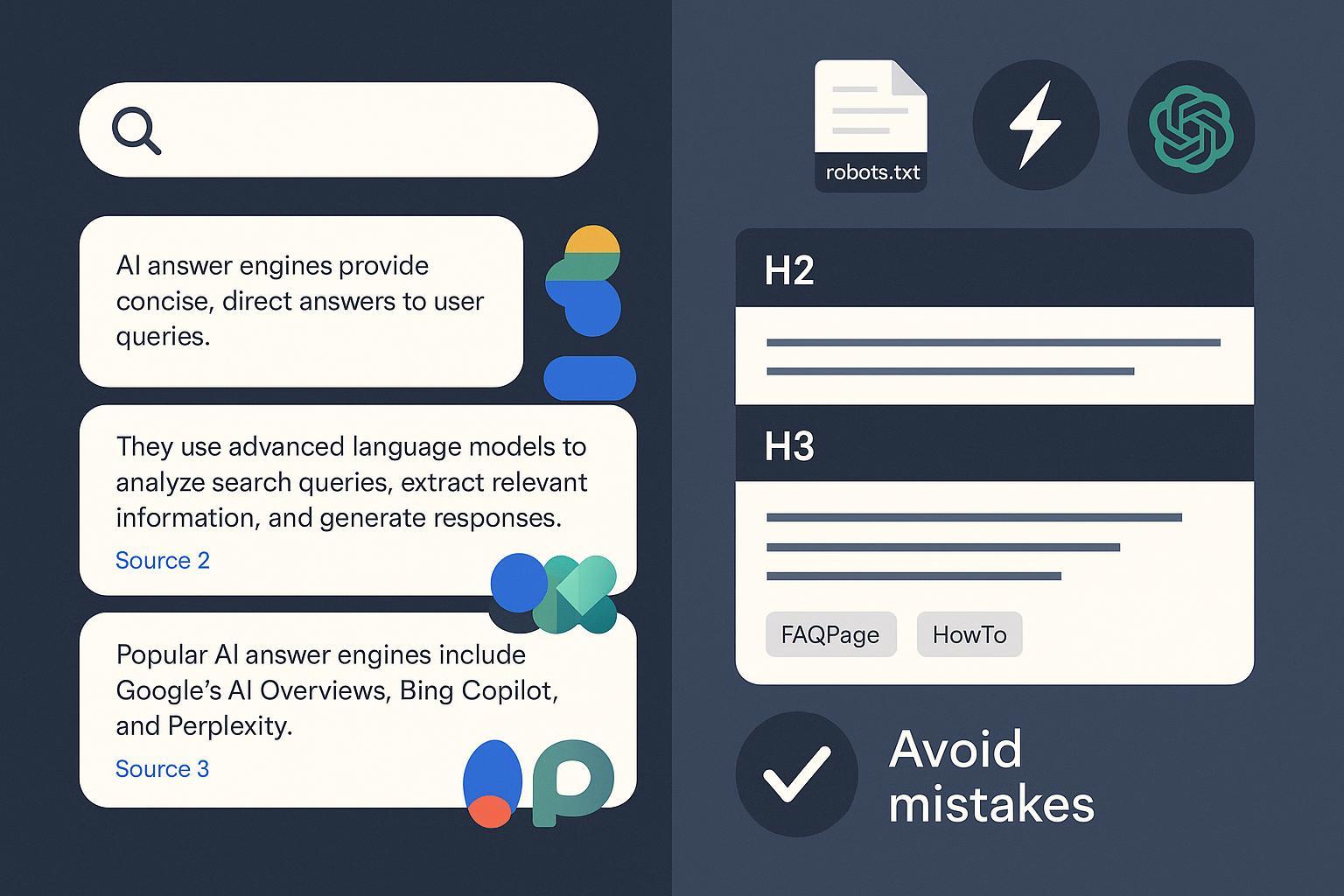Google’s AI-Generated Snippets vs Meta Descriptions: CTR Impact (2025)
Discover how Google’s AI-generated snippets are replacing meta descriptions in 2025, causing major CTR drops. Get data-driven adaptation steps now.

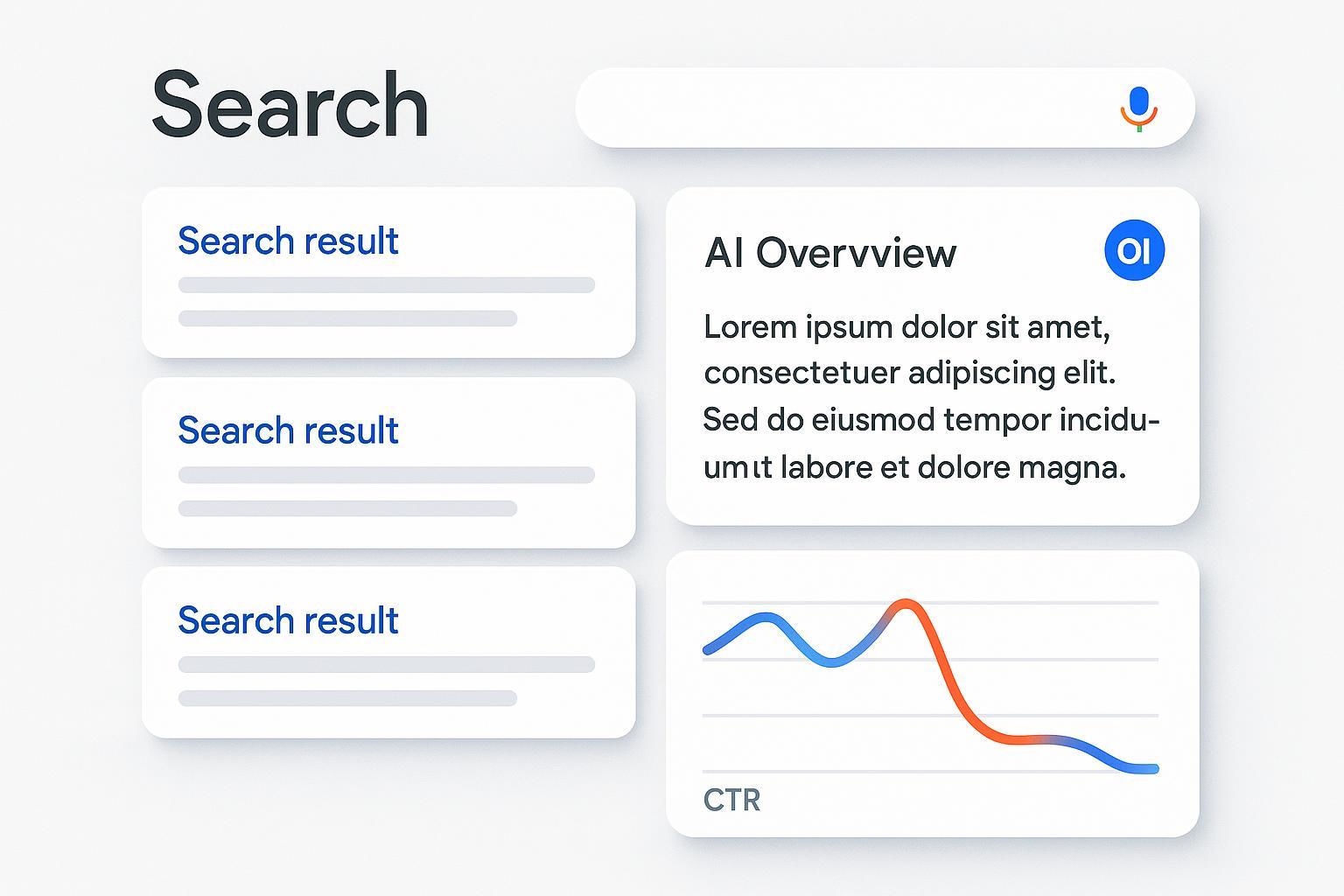
Google’s results pages are shifting from publisher-written meta descriptions to dynamic, AI-generated snippets and full AI Overviews. That change is real, accelerating in late 2024–2025, and it’s reshaping click behavior. In short: meta descriptions still matter, but they’re no longer the primary description users see—and when AI Overviews appear, organic CTR can drop materially.
This article explains what’s changing, synthesizes 2024–2025 data on CTR impact, and provides a practical adaptation and measurement playbook you can apply this week.
What actually changed (and why it matters)
- Google has long reserved the right to rewrite snippets from on-page content based on query intent. The current guidance reiterates that high-quality, unique descriptions help but may be replaced at runtime; see Google’s documentation on how Google forms snippets and meta descriptions in the Search results in the 2025 version of how to write meta descriptions.
- In 2024–2025, Google expanded AI-led summaries on the SERP. According to the 2025 Search Central overview of AI features and your website, eligibility for AI formats follows the same technical requirements as Search: indexability, crawlability, and people-first content. The May 21, 2025 Search Central post on succeeding in AI search reiterates technical access, page experience, and preview controls (nosnippet, data-nosnippet, max-snippet, noindex) also apply to AI formats.
- Timeliness: In October 2025, industry reporting documented live tests of AI-generated descriptions directly in classic snippets, marked with a Gemini icon, effectively replacing publisher-provided meta descriptions on some results. See the Search Engine Land report, Google testing AI-generated descriptions for search snippets (Oct 6, 2025).
Why it matters: When Google synthesizes the description—and sometimes the entire answer—publishers lose message control and often see reduced clicks to the blue links, especially on informational queries.
The CTR reality: reconciling Google’s claims with independent data
Google positioned AI Overviews as a driver of broader discovery, claiming in May 2024 that “links included in AI Overviews get more clicks than if the page had appeared as a traditional web listing for that query,” from the product blog post Generative AI in Search. That statement refers to pages linked inside the AI Overview unit, not the overall CTR of traditional organic listings.
Independent studies tracking 2024–2025 behavior show a different picture for classic results on queries where AI Overviews appear:
- Ahrefs (Apr 17, 2025) analyzed 300k keywords and found that position #1 CTR was about 34.5% lower when an AI Overview was present, with position 1 CTR dropping from 7.3% to 2.6% across the period; see Ahrefs’ AI Overviews reduce clicks. Methodology used GSC data and forecasted CTR without AIO.
- Seer Interactive (Feb 4, 2025) reported that across ~10k informational queries, organic CTR dropped from ~1.41% to ~0.64% when AI Overviews appeared year-over-year; paid CTR also fell to 9.87% vs 21.27% without AIO. Brands cited inside the AIO saw modest uplift (e.g., 0.74% to 1.02% organic CTR). See Seer’s Google AI Overview study.
- Publisher evidence (May 6, 2025) from Digital Content Next showed Mail Online’s CTR falling by more than half on affected queries (desktop from ~13% to <5%, mobile from ~20% to ~7%); see DCN’s analysis, Google’s AI Overviews linked to lower publisher clicks.
Takeaway: If your page isn’t cited in the AI Overview, expect meaningful CTR suppression on many informational queries. If you are cited, you may recapture some traffic via the Overview’s links—but you’re competing for a handful of slots inside the unit.
How snippets are formed now (and how to be extractable)
Meta descriptions still serve as a concise statement of page intent and may be used—especially on navigational queries—but query-aware rewriting is now common. To maximize visibility in both classic snippets and AI-led summaries:
- Lead with a direct answer: Place a crisp, 1–3 sentence summary answering the primary query in the first 100–150 words.
- Use Q&A blocks: Turn core sub-questions into H2/H3s and answer each in 40–80 words. This format maps well to AI extraction and featured snippets. Google’s AI features page reiterates that foundational SEO best practices and clear, accessible text are key; see AI features and your website.
- Structure matters: Prefer lists, short paragraphs, and tables where appropriate. Keep markup clean; ensure titles match searcher phrasing.
- Schema alignment: Add JSON-LD for relevant types (FAQPage, HowTo, Product) and keep it consistent with visible text. See the FAQPage documentation in Search Central.
- Maintain preview control hygiene: If certain blocks shouldn’t be excerpted, use nosnippet or data-nosnippet as documented in the May 2025 Search Central post on succeeding in AI search.
Measure what matters: an AIO-aware governance model
Segment your performance and monitor AI presence so you can act on real changes instead of averages that mask suppression.
- Segment queries by AIO presence
- Export GSC for priority pages/keywords weekly.
- Flag which queries show an AI Overview, using a tracker or manual checks.
- Compare CTR for “AIO-present” vs “AIO-absent” cohorts.
- Track citations and prominence
- Log whether your site is cited in the AI Overview (link vs mention; article vs video).
- Capture above-the-fold screenshots and measure pixel share to estimate prominence over time.
- Trigger thresholds and change management
- If AIO-present CTR for a high-value page declines >25% vs its prior 4-week baseline, schedule a refresh focused on summary blocks, Q&A accuracy, schema, and supportive media.
- Annotate every refresh and record subsequent CTR deltas for both cohorts.
- Neutral workflow example (monitoring across AI surfaces)
- Using Geneo: Create a keyword set for informational queries, track AI Overview presence weekly, log citations (link vs. mention), and annotate content refreshes. Geneo’s historical tracking helps correlate structural updates with visibility changes across Google AI Overviews, ChatGPT, and Perplexity. Disclosure: Geneo is our product.
Where to go deeper internally:
- For benchmarking tools in the AI monitoring landscape and capability trade-offs, see our analysis in the Profound review with alternatives.
- To improve your odds of earning citations from community content that AI systems often surface, explore our guide on Reddit communities and AI search citations best practices.
Adaptation playbook you can ship this month
Content formation and structure
- Add a 120-word executive summary at the top of each priority page that directly answers the core query.
- Convert subtopics into Q&A-style sections with 40–80 word answers.
- Use comparison tables for alternatives, checklists for how-tos, and short lists for pros/cons.
Semantic coverage and schema
- Expand coverage to include definitions, how-tos, and comparisons where relevant on a single, comprehensive page.
- Add FAQPage and HowTo schema where appropriate; ensure it mirrors visible content.
Technical quality and page experience
- Hit Core Web Vitals targets (LCP ≤ 2.5s, INP ≤ 100 ms, CLS ≤ 0.1).
- Keep HTML hierarchy clean; load text content quickly; ensure internal links help discovery.
Governance and refresh cadence
- Maintain an “Updated on {date}” note on key pages.
- Re-evaluate pages quarterly, or sooner if AIO-present CTR drops >25% for 4 consecutive weeks.
- Document what changed (summary re-writes, new FAQs, schema additions) and re-check citations within 2 weeks.
Outlook for 2025–2026
Expect broader language and regional coverage of AI Overviews, tighter alignment with complex informational queries, and more explicit guidance from Google on AI formats eligibility and controls. Continue to optimize for extractability rather than chasing a single snippet configuration. Maintain a living measurement program; Google doesn’t currently break out AIO-linked clicks in GSC, so proxy methods and logs remain essential.
Bottom line and next steps
- Meta descriptions still matter for intent clarity, but control over what users see is shifting to AI-generated snippets and summaries.
- Independent 2025 studies show meaningful CTR suppression for classic listings when AI Overviews appear; being cited in the Overview can mitigate some loss.
- Win by making your content extractable, maintaining technical eligibility, and governing with AIO-aware measurement.
If you need a cross-platform way to monitor AI-driven visibility and citations, Geneo can help centralize tracking across Google AI Overviews, ChatGPT, and Perplexity.


